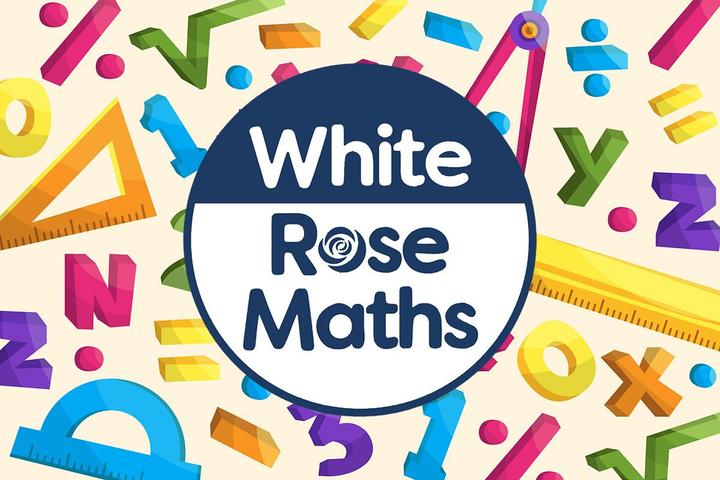Maths

Intent
At Graveney Primary School, we aim to deliver a high-quality maths education which enables children to feel a sense of enjoyment, curiosity and achievement. We encourage children to reason mathematically to support them to successfully solve problems and challenges in everyday life.
In line with the current National Curriculum, we provide a maths curriculum which enables our pupils to:
- Become fluent in the fundamentals of mathematics
- Reason mathematically by following a line of enquiry solve problems by applying their mathematics to a variety of routine
- Solve routine and non-routine problems
For further information on Maths in the National Curriculum, follow this link: https://www.gov.uk/government/publications/national-curriculum-in-england-mathematics-programmes-of-study
Implementation
- All year group planning is adapted to a fit our mixed-age classes from the White Rose Maths Scheme as this scheme clearly allows the three main aims of the National Curriculum to be followed.
- Daily maths lessons include fluency, reasoning and problem-solving.
- Guided maths sessions are held daily in order to reinforce learning, work on misconceptions and revisit previous learning.
- Concrete manipulatives and pictorial representations are used, following the school’s calculation policy, to support conceptual understanding and to make links across topics.
- Staff surveys are completed to gain an understanding of CPD needs
- Enrichment opportunities are provided to children to encourage solving maths problems in real-life contexts
- Opportunities are planned for children to take part in problem-solving and open-ended investigative tasks to link to our intent and aims of the national curriculum
Impact
- Formative assessment is carried out daily and summative assessment is carried out at the end of each unit of work to inform future planning and interventions to ensure most children reach end of year expectations
- In year 4, the multiplication check is administered and the results of this are used in transition meetings to inform future planning for the cohort
- Children are given the opportunity to self-mark work in lesson time, to provide immediate feedback and to help them self-assess their own progress.
- Maths Working Walls in classrooms are ongoing, and show the objectives and paths that children are on for their learning. In addition, banks of information are also displayed e.g. place values, operations and BODMAS that children can refer to and cross many objectives in maths
- Pupil voice is used to gain an understanding of how our children view maths. The results at the beginning of the year showed that all of our children enjoy maths.
- Throughout the year, book looks are used to monitor consistency, children’s learning, presentation, question types and marking against the maths policy.
